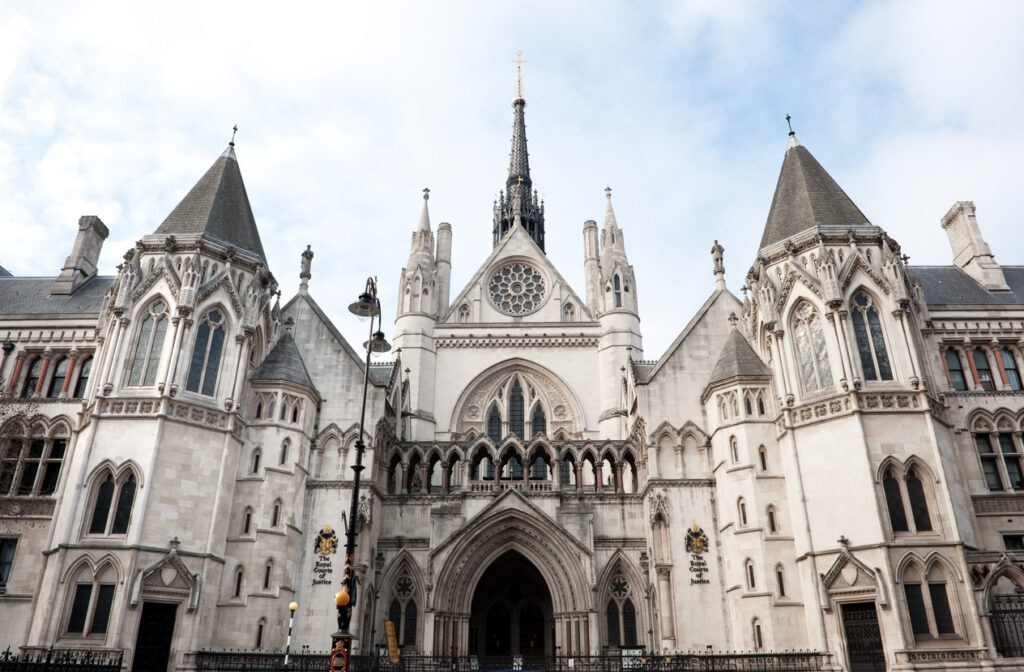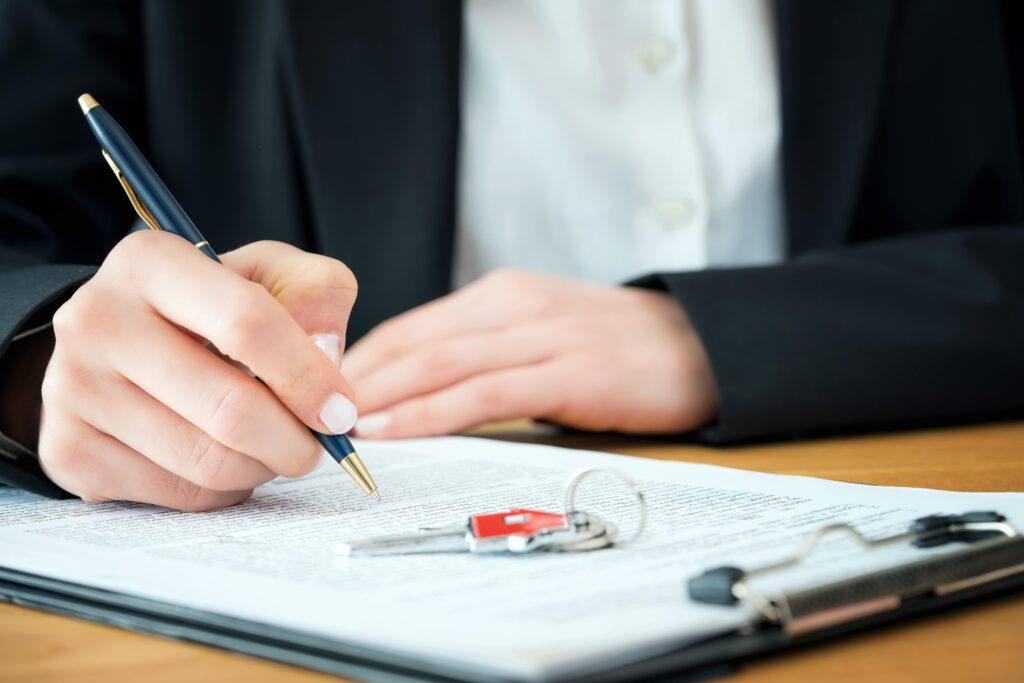The first parts of the Building Safety Act came into force last year. It was a welcome relief for lessees living in flats that were rendered un-mortgageable and un-saleable as a result of flammable cladding, or other fire or structural safety issues.
However, it is undoubtedly a tough gig for landlords and developers of buildings that were built in accordance with building regulations (and to the expected standards) at the time – standards which we have since learned tragically were simply inadequate.
What is the Building Safety Act?
Granted Royal Assent on 28 April 2022, the Building Safety Act overhauled previous regulations to make it clear how residential buildings should be constructed, maintained and made safe, meaning qualifying leaseholders are protected from costs associated with remediating historical building safety defects.
The Act creates three new bodies to provide effective oversight of the new regime: the Building Safety Regulator, the National Regulator of Construction Products and the New Homes Ombudsman.
What should developers and landlords look out for?
For the most part, the obligations of developers, and some landlords, are absolute and cannot be ignored. However, the act is deliberately designed to place the onus on those parties only when it is necessary to do so.
This means there are some cases where liability for remedial works will not be triggered by the Act. A few key examples are:
- A building must be over 11m or five storeys high. This raises two issues:
- (1) the Act defines that measurement as being 11m to the floor surface of the top floor of the building (excluding any roof area used for plant/equipment). This means you could have a building that is 11m high to the roof, but not to the surface of the floor on the top floor of the building – meaning fire rescue services can reach those on the top floor using standard equipment; and
- (2) the Act gives guidance on when underground parking areas are treated as ‘a storey’ depending how they are constructed.
- Blocks, where the freehold is owned by the leaseholders, are mostly excluded.
- Not all lessees qualify for all the protections in the Act – the make-up of the lessees in the building should be carefully analysed and, if necessary, documents requested to verify this.
- Freeholders are obliged to investigate grants, third-party funding, or insurance cover that may be available.
Remediation – a moral obligation?
All that said, many developers consider it their moral obligation to remedy these defects and, arguably, a PR disaster not to. Whatever your view, the obligations of these parties can be hard to navigate and expert advice should be sought before you begin engaging with the lessees or others who may be liable – either jointly or alternatively.
We’re here to help
If you would like to discuss the implications of the Act on your business, please contact Vanessa Joll, our head of real estate disputes at vanessa.joll@shma.co.uk, or give her a call on 07557 390772.







